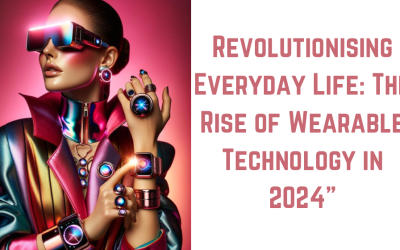Augmented Reality in Digital Marketing

How to make use of augmented reality to improve the marketing strategy?
There can be seen the implementation of the latest theology and advancement to reach the target audiences and improve the marketing strategy. The fact is that any brand needs to keep pace with changes. In this context, one of the technologies that we are hearing a lot about it is Augmented Reality. Have you ever thought of giving a try to it to stay ahead in the market? Well, many people are still not aware of its usages and benefits in boosting the brand and marketing strategy.
So, let first explore this augmented reality and its application.
This is basically a trend in the marketing strategies through which the brands will provide a unique and digital customer experience by making use of mobile devices. Some of the brands that are offering AR-based experiences to their customers include Toyota, Gucci, and cosmetic retailer L’Oreal and Sephora. These brands are utilizing the AR technology to allow the customers to overlay the make-up looks onto live videos and photos.
Gucci has added an AR feature to make the customers know informed about the products and let them go for ‘try on’ options. In the automotive industry, some brands are using this technology for allowing customers to get an insight into the product in an innovative manner. YouTube is the biggest video streaming channel that has also introduced the ‘AR Beauty Try On’ feature to let users make good use of it in their videos.
Now, let’s find out more about how AR is enhancing brand value via mobile devices.
Option to try before buying
Everyone wants to try the products before buying them. In the retail industry, augmented customer shopping experiences are of the important trends that make people try the products without directly interacting with anyone. This can be done with the help of an augmented reality technique. If you’re looking for a sunglass then the brand allows its potential customers to try on virtual sunglasses through their device’s camera. Similarly, cosmetic brands allow their customers to see how the makeup products would look on them via digital means. AR technology helps the customers in making their purchase decision by trying the products virtually.
Increase the level of branding the materials
Another way that an AR can work for a marketing strategy is by increasing the level of branding the materials. With the AR feature, the users will be able to scan the printed materials from the mobile phones in order to get access to the information of the products.
Not just this, augmented reality can also be used with a business card for presenting numerous contact options so that the users can contact just with a single click.
Improves the B2B sales
If we will look onto depth then we will get to know that AR can create various improvements in the sales process. Earlier, there used to be salespeople of any brand that used to carry brochures and flyers. Today, the sales team of the brand is now backed with some digital devices and AR technology through which it would be easy for the customers to get a virtual 360-degree look. The augmented reality application not only helps the sales team but also helps in improving the brand-boosting strategy. In addition to this, the customers will get a complete high-level overview of the products with the augmented reality tool.
So, augmented reality can be said as a driving force that boosts marketing strategies and increases sales. It also leads to new business opportunities.







